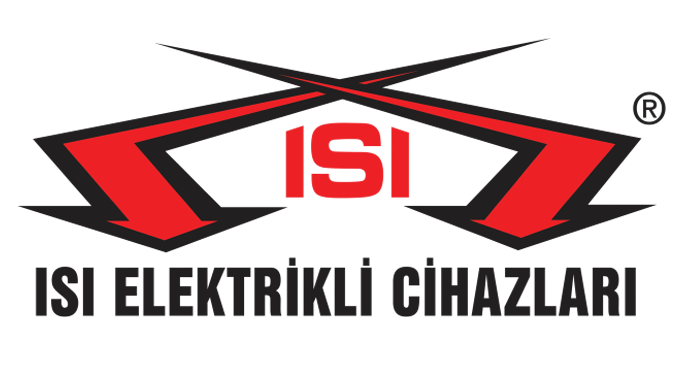Heaters in the Medical Sector
Medical electronic devices are vital components that form the foundation of modern healthcare services. These devices play a significant role in diagnosis, treatment, monitoring, and care processes. Therefore, the reliability, accuracy, and performance of these devices are of critical importance. Heaters used in the design and functionality of medical electronic devices play a fundamental role in the durability, sensitivity, and performance of these devices.Heaters in the Medical Sector
- Heating and Cooling Systems: Devices used to heat or cool blood; Used to control body temperature during blood transfusions and surgical procedures.
- Analytical and Diagnostic Devices: Heaters for precise temperature control in laboratory equipment and diagnostic devices; Used for heating, cooling, or maintaining samples at specific temperature ranges.
- Imaging Devices: Heaters for elements requiring high temperature tolerance in devices like Magnetic Resonance Imaging (MRI) and Computed Tomography (CT).
- Respiratory and Anesthesia Equipment: Special heaters for precise temperature control in equipment supporting patient respiration and maintaining anesthesia.
- Pharmaceutical and Biotechnology Manufacturing: Heaters for working under specific temperature and pressure conditions in reactors and other equipment; To help ensure processes are carried out consistently.
- Hospital Environment: Various medical devices to enhance patient comfort and support treatment; Includes devices like patient warming systems, fluid infusion warmers, surgical equipment, and bed warmers.
Applications of Medical Heaters
- Heating and Cooling: Heaters in medical devices used to heat or cool blood, serum, or other fluids. For example, heaters are used in devices like blood transfusion machines, blood warmers, and coolers.
- Analytical Devices: Laboratory equipment, analytical instruments, and diagnostic devices, such as incubators, PCR machines, oxygen analyzers, may contain heaters for temperature control.
- Imaging Technologies: Heaters used for elements requiring high temperature tolerance in imaging devices like Magnetic Resonance Imaging (MRI) and Computed Tomography (CT).
- Respiratory Devices and Anesthesia Equipment: Respiratory devices and anesthesia equipment are used to support patient respiration and maintain anesthesia. These devices may contain heaters for temperature control.
- Pharmaceutical and Biotechnology Manufacturing: In pharmaceutical and biotechnology fields, reactors and other equipment operate under specific temperature and pressure conditions. Heaters are used to assist in carrying out these processes consistently.
- Hospital Environment: In hospital settings, many medical devices such as patient warming systems, fluid infusion warmers, surgical equipment, and bed warmers contain heaters to enhance patient comfort and support treatment.
Advantages Provided by Medical Heaters
- Longevity: Durability of medical equipment and devices enables longer usage.
- Reduced Failures and Maintenance: Heater properties lead to fewer failures and maintenance requirements for devices.
- Infection Control and Hygiene: Medical heaters enhance infection control and hygiene standards.
- Enhanced Safety of Use: Durability of medical devices ensures safer usage.
- Wider Range of Applications: Heater properties enable medical equipment to have a wider range of applications.
- Improved Performance: Durable and resistant materials may enhance the performance of medical devices.
- Cost and Efficiency: Medical heaters can reduce costs for healthcare facilities and increase efficiency.
Technical Specifications of Medical Heaters
- Temperature Range: 50°C - 450°C
- Material: Stainless steel, nickel-based alloys, or ceramic
- Heating Power: 50W - 5000W
- Thermocouple Type: J, K, T, or E
- Temperature Control Device: PID controller, programmable
- Safety Certifications: CE, FDA, ISO
Other Features
- Waterproofing
- Insulation
- Adjustable temperature
- Cable length
- Sensor type
Medical Sector Heaters

-500x500.jpg)
-500x500.jpg)
-500x500.jpg)
-500x500.jpg)
-500x500.jpg)
-500x500.jpg)